Rising Incidence of Fungal Infections
The increasing prevalence of fungal infections is a primary driver for the Mycological Testing Market. Reports indicate that the incidence of invasive fungal infections has been on the rise, particularly among immunocompromised patients. This trend necessitates the implementation of effective diagnostic tools to ensure timely treatment. As healthcare providers seek to improve patient outcomes, the demand for mycological testing is expected to grow. The market is projected to expand as hospitals and laboratories invest in advanced testing technologies to accurately identify fungal pathogens. Furthermore, the World Health Organization has highlighted the need for improved diagnostic capabilities, which may further stimulate growth in the Mycological Testing Market.
Increased Focus on Preventive Healthcare
The shift towards preventive healthcare is driving the Mycological Testing Market. As healthcare providers emphasize early detection and prevention of diseases, the role of mycological testing becomes increasingly vital. Early identification of fungal infections can lead to timely interventions, reducing morbidity and mortality rates. This proactive approach is gaining traction among healthcare professionals, leading to a higher demand for mycological testing services. Additionally, public health campaigns aimed at educating populations about fungal infections are likely to contribute to increased testing rates. As awareness grows, the Mycological Testing Market may experience a surge in demand for comprehensive testing solutions.
Regulatory Support for Diagnostic Testing
Regulatory frameworks supporting diagnostic testing are influencing the Mycological Testing Market. Governments and health organizations are establishing guidelines that promote the use of standardized testing methods for fungal infections. These regulations aim to ensure the accuracy and reliability of diagnostic results, thereby enhancing patient safety. As regulatory bodies advocate for improved testing practices, laboratories are encouraged to adopt advanced mycological testing technologies. This regulatory support not only fosters innovation but also instills confidence in healthcare providers and patients alike. Consequently, the Mycological Testing Market is likely to benefit from a more structured and reliable testing environment.
Technological Innovations in Testing Methods
Technological advancements in mycological testing methods are significantly influencing the Mycological Testing Market. Innovations such as polymerase chain reaction (PCR) and next-generation sequencing (NGS) have enhanced the accuracy and speed of fungal detection. These technologies allow for the rapid identification of fungal species, which is crucial for effective treatment. The market is witnessing an influx of new products that leverage these technologies, thereby improving diagnostic capabilities. As laboratories adopt these advanced methods, the overall efficiency of fungal testing is likely to improve, leading to increased demand. The integration of automation in testing processes may also contribute to the growth of the Mycological Testing Market.
Growing Investment in Healthcare Infrastructure
Investment in healthcare infrastructure is a significant driver for the Mycological Testing Market. As countries enhance their healthcare systems, there is a corresponding increase in the demand for diagnostic services, including mycological testing. Governments and private entities are allocating funds to improve laboratory facilities and expand testing capabilities. This trend is particularly evident in regions where healthcare access has historically been limited. Enhanced infrastructure not only facilitates the adoption of advanced testing technologies but also promotes awareness of fungal infections. Consequently, the Mycological Testing Market is poised for growth as healthcare systems evolve to meet the rising demand for effective diagnostic solutions.


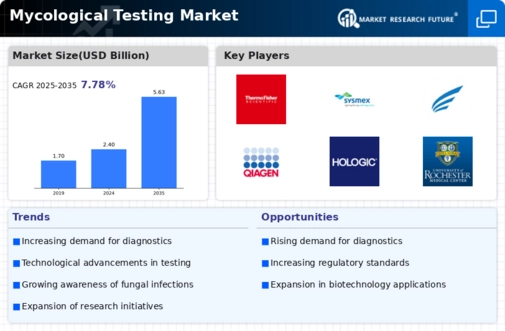
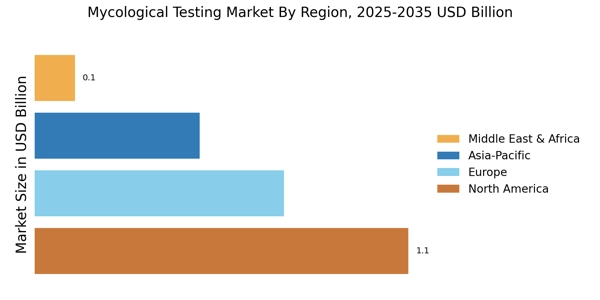
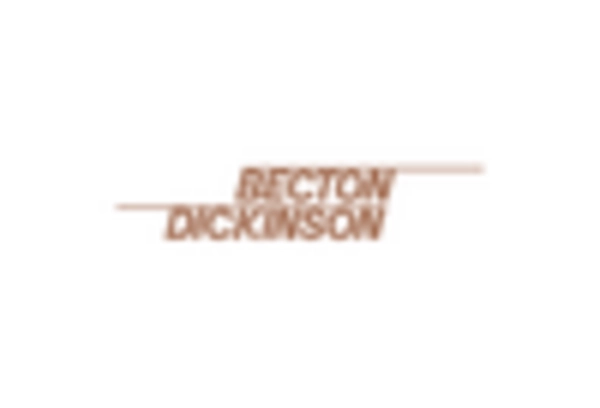


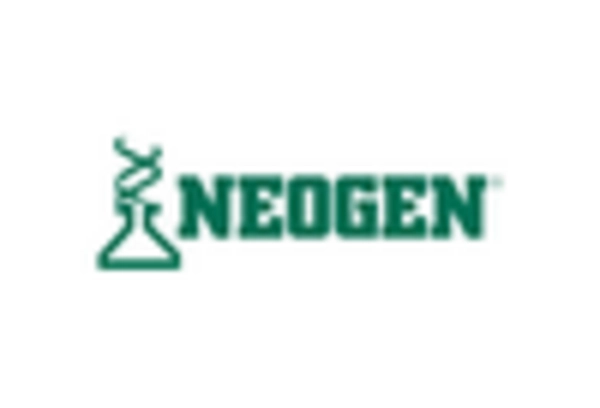
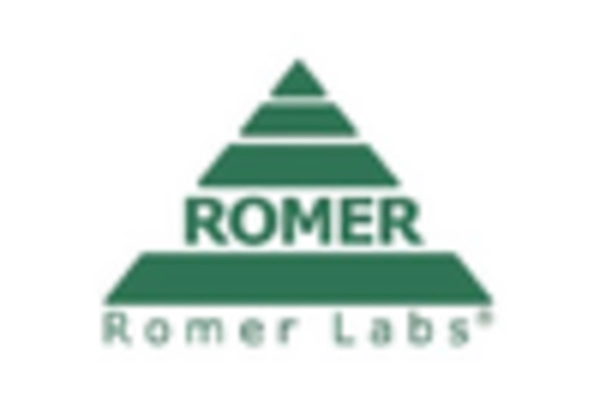









Leave a Comment